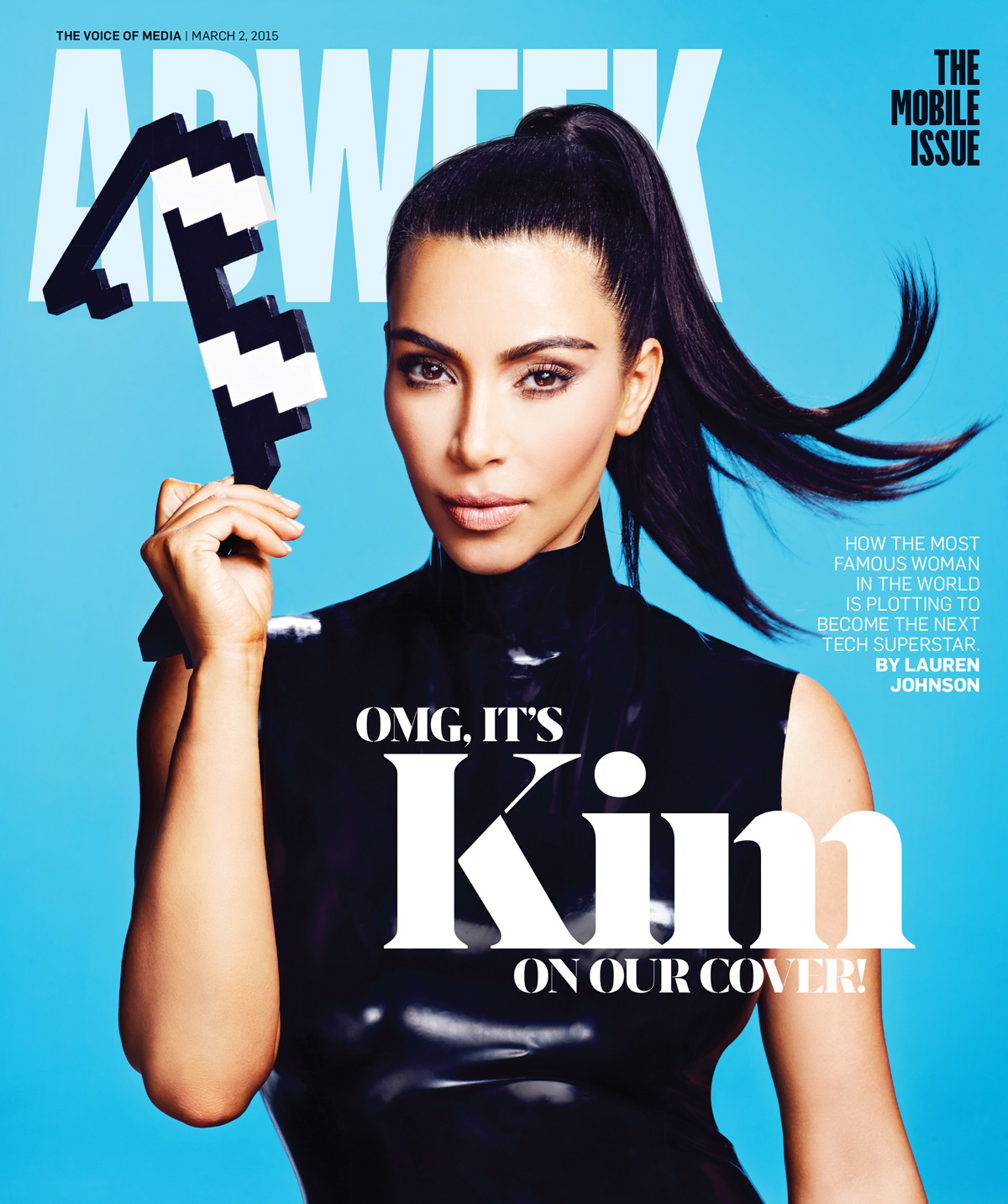Adweek has called in the big guns for a huge collaboration which could be an example of how the rest of us will work in the future.
By MediaStreet Staff Writers
Everyone in advertising knows Adweek, a bible for marketers. Adweek has published articles for the brand marketing ecosystem since 1979. Adweek’s coverage reaches an engaged audience of more than 6 million professionals across platforms including print, digital, events, podcasts, newsletters, social media and mobile apps.
Today, the publication announced the launch of the Adweek Advisory Board, made up of 24 of the most innovative and creative executives who are shaping the modern brand marketing ecosystem.
Adweek says they recognise the need to synthesise a diversity of opinions to maintain its position as a voice in the marketplace. “Our newly formed Advisory Board will provide us – and our audiences – with the thought leadership and expertise we all need to help navigate the complex and constantly shifting ecosystem of today’s marketing and media world,” said Adweek editorial director James Cooper. “Adweek’s ultimate goal each day is helping our readers stay ahead of the curve and do their jobs better.”
“I am excited to be partnering with Adweek and joining its Advisory Board,” said GE CMO Linda Boff. “With digital transformation built into our DNA, we are in an especially unique position to guide and advise Adweek and the business community it serves.”
The Advisory Board will meet regularly with Adweek’s senior editorial team at gatherings across the country to discuss the pressing issues of the day. Members will also be on hand to publish thought leadership columns, speak at Adweek events and provide Adweek with insight and analysis on an as-needed basis across all platforms.
“The times we operate in aren’t easy. The pressure to deliver is daunting for even the most experienced here,” said board member Colleen DeCourcy, chief creative officer for agency network Wieden + Kennedy. “When an organisation like Adweek consciously turns its efforts to developing our talent, I am all in. Collaboration feels like the thing we need right now. All boats rise with the tide.”
Adweek’s Advisory Board Members:
- Marisa Thalberg, Global CMO, Taco Bell
- Linda Boff, CMO, GE
- Adrienne Lofton, SVP of Global Brand Management, Under Armour
- Andrew Keller, Global Creative Director, Facebook Creative Shop
- Cameron Clayton, GM of Watson Content and IoT, IBM
- Jon Suarez-Davis, Chief Strategy Officer, Salesforce Marketing Cloud
- Ben Lamm, CEO and Founder, Conversable and Hypergiant
- Caroline Papadatos, SVP of Global Solutions, LoyaltyOne
- Alicia Hatch, CMO, Deloitte Digital
- Baiju Shah, Chief Strategy Officer, Accenture Interactive
- Joel Stillerman, Chief Content Officer, Hulu
- Colin Kinsella, CEO North America, Havas Media Group
- Michelle Lee, Editor in Chief, Allure
- Tiffany R. Warren, SVP and Chief Diversity Officer, Omnicom, and Founder and President, ADCOLOR
- Susie Nam, COO, Droga5
- David Sable, Global CEO, Y&R
- Colleen DeCourcy, Chief Creative Officer, Wieden + Kennedy
- Michael Dill, President and CEO, Match Marketing Group
- Bonin Bough, Author and TV Host
- Terrance Williams, CMO and President of Emerging Businesses, Nationwide
- Kasha Cacy, CEO, UM U.S.
- David Mondragon, CEO of Triton Automotive Group and Senior Partner, Motormindz
- Linda Yaccarino, Chairman of Advertising and Client Partnerships, NBCUniversal
- Nannette LaFond-Dufour, Global Chief Client Officer, McCann Worldgroup
To read further about Adweek’s Advisory Board initiative, click here
Have you listed your company in our Media Directory? It’s free! Everyone’s favourite price! Click here to do it now.





























